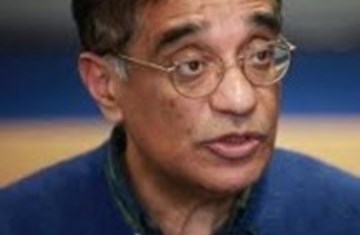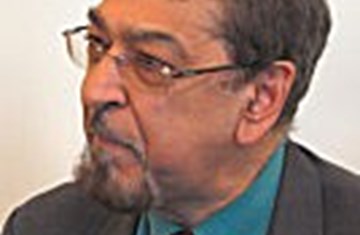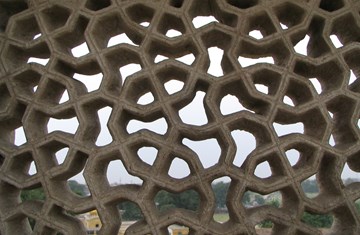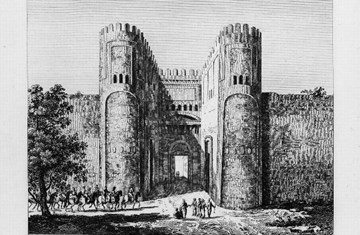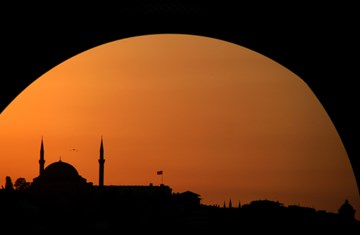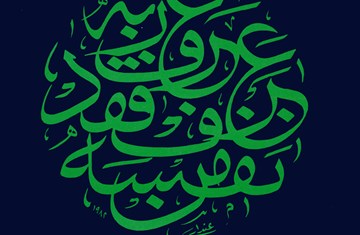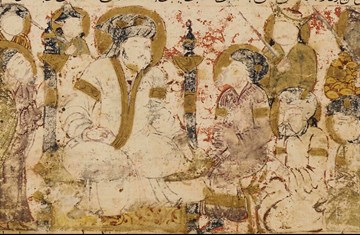Muslim Literatures in South Asia
Keywords: Persian literature, Indian literature, Mahabharata, Atharvaveda, Muslim poetry, folkloric punthi literature, devotional literature, unity, qasida, ghazal, mathnawi, madh, na‘t, marthiya, naziras, diwan, dhikr, virahini, ginan, qawwali, hadith, ulama, pir, Qur’an, Shi‘a, sama, Shah Wali Allah, Sayyid Amah Khan, Mirza Ghalib, Aligarh, Sir Muhammad Iqbal.
Abstract: The largest concentration of Muslims in the world today is in the South Asian nations of India, Pakistan, and Bangladesh. For over twelve centuries the region has been home to a magnificent Islamic civilisation that has profoundly affected all aspects of South Asian culture and life. The achievements of this civilisation are legendary. The Taj Mahal, the monumental mosques, palaces, forts, and pleasure gardens that dot the Subcontinents landscape, as well as exquisite miniature paintings and intricate marble lattice-work, are just a few of its more notable products. The civilisation has also nurtured several of the worlds greatest rulers, artists, mystics and poets, many of whose writings have endured as literary masterpieces still recited today.
*The article was modified by the author in 2006 from a version originally published in The Muslim Almanac (Gale Research, Inc.Detroit, MI: 1996), p.355-364, ed. A. Nanji.
Author

Professor Ali Asani
Professor Ali Asani is Murray A. Albertson Professor of Middle Eastern Studies and Professor of Indo-Muslim and Islamic Religion and Cultures at Harvard University.

